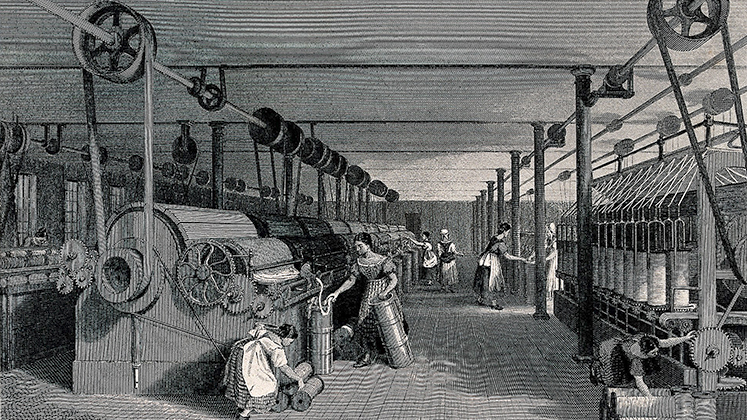What might a long-run analysis of business cycles teach us about economic growth? LSE Economic History’s Jason Lennard and co-author, Stephen Broadberry, investigate this question in their new Working Paper. Lennard and Broadberry use a historical national accounts dataset covering nine European countries from 1300-2000. Their conclusions underline the distinctive characteristics of modern business cycles compared to medieval and early modern ones. These differences reveal that dampening the duration and intensity of contractionary periods is an essential part of modern economic growth.
Lennard and Broadberry’s expansive data are the latest product of a concerted effort by economic historians to quantify past economic activity. National accounts for nine major European states over 700 years enables a long-run analysis of business cycles and their impact on economic growth. The major input of the dataset is GDP per capita. Lennard and Broadberry use an algorithm, developed in a separate paper by Broadberry and co-authors, that predicts turning points in business cycles. The algorithm perfectly reconstructed the UK Business Cycle Dating Committee’s chronology of United Kingdom’s business cycle from 1700 to 2010.
The paper finds that the modern business cycle first appeared in the eighteenth century. Four characteristics define the modern cycle. First, expansions are longer and more frequent than contractions. The average duration of an expansion was 12 years, while contractions lasted only 1 year on average. Second, expansions have a higher average rate of growth (4%) than contractions (-1%). Third, the combination of longer duration and rate causes the amplitude of expansions to far exceed the amplitude of contractions. Expansionary periods had an average peak of 46% growth while contractionary periods had an average trough of –2% growth. Fourth, the data reveal that business cycles are highly synchronised. Two-thirds of country pairs in the sample share a positive and statistically significant correlation of GDP per capita.
Thomas Hobbes’ famous description of life without social institutions as nasty, brutish, and short might as well have described the medieval and early modern business cycle. The authors find for those periods that expansionary and contractionary periods lasted less than three years on average. Expansionary and contractionary periods lasted about the same amount of time with similar, high rates of growth, meaning their overall amplitudes had more symmetry than the modern period.

Lennard and Broadberry conclude that the modern business cycle spurned long-run economic growth and increasing living standards by minimizing the harmful effects of contractions. Their findings also show the synchronous movement of national economies to be a unique feature of the modern period. These results push future researchers to examine the development of institutions and the evolution of their policies during historical contractionary periods.
Read the article in full here: Broadberry, Stephen and Lennard, Jason “European Business Cycles and Economic Growth, 1300-2000″, LSE Working Papers Series No. 361 https://www.lse.ac.uk/Economic-History/Assets/Documents/WorkingPapers/Economic-History/2023/WP361.pdf



